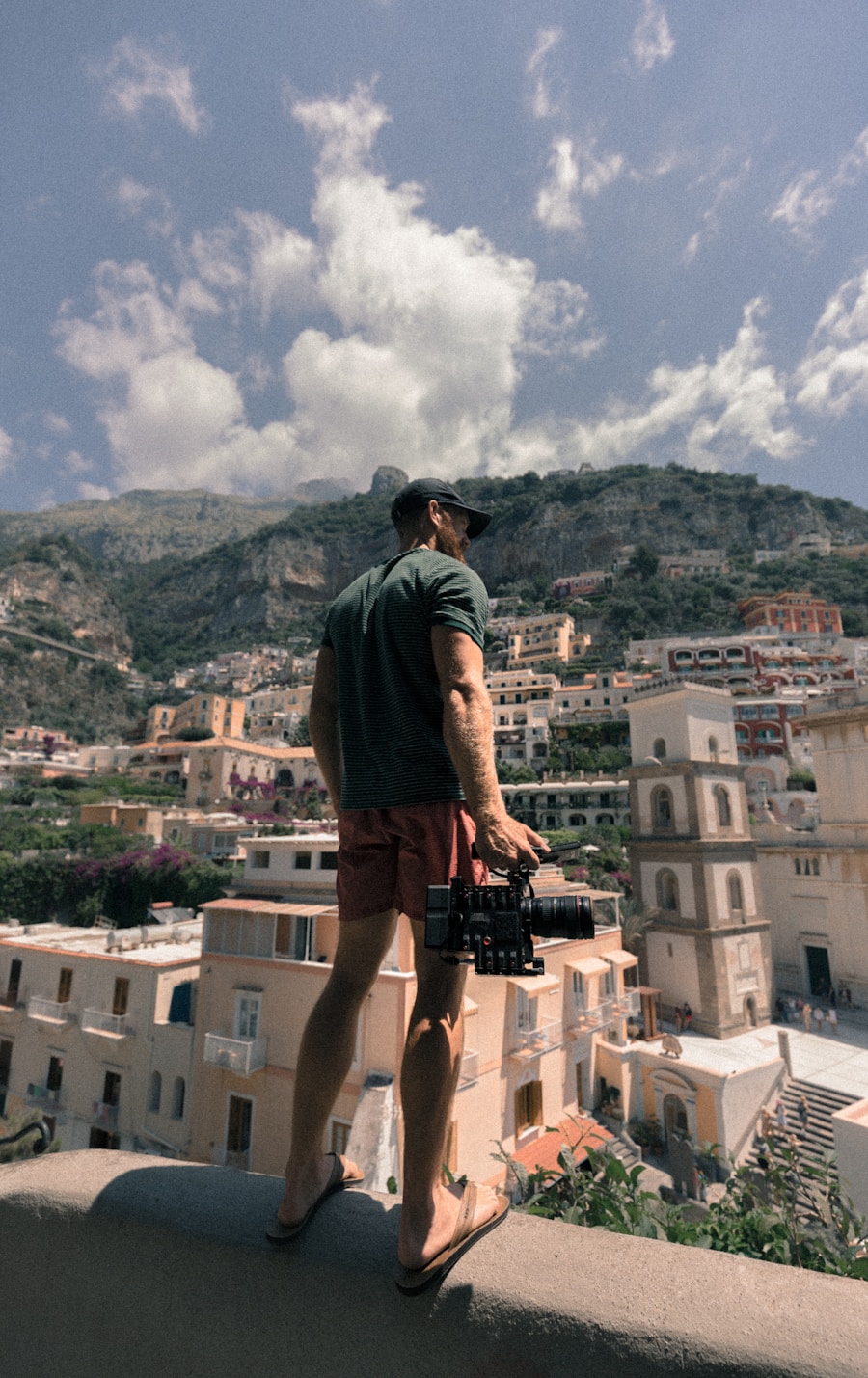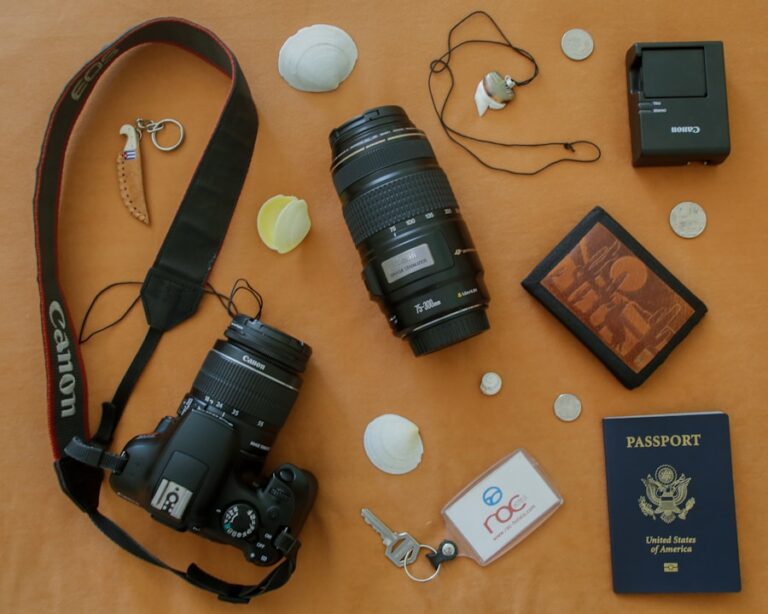When embarking on a new video project, the first step we must take is selecting the right equipment. The tools we choose can significantly impact the quality of our final product. We often find ourselves considering various cameras, lenses, and accessories that will best suit our vision.
For instance, if we are shooting a documentary, we might lean towards a camera that excels in low-light conditions and offers excellent audio capabilities. On the other hand, for a vibrant travel vlog, we may opt for a lightweight camera that allows for easy mobility and quick setup. In addition to the camera itself, we should also think about the supporting equipment.
Tripods, gimbals, and stabilizers can help us achieve smooth and professional-looking shots. We might also want to invest in quality microphones to ensure that our audio is crisp and clear. As we weigh our options, it’s essential to consider our budget and the specific needs of our project.
By carefully selecting our equipment, we set a solid foundation for the creative process ahead.
Key Takeaways
- Choose equipment that suits your needs and budget, and learn how to use it effectively.
- Plan your shots and storyline in advance to ensure a cohesive and engaging video.
- Pay attention to lighting and angles to capture the best possible footage.
- Be prepared to adapt to unpredictable weather and conditions while filming.
- Use editing and post-production techniques to enhance the quality of your video.
- Incorporate music and sound effects to enhance the storytelling and emotional impact of your video.
- Engage your audience with authentic storytelling and compelling content.
- Share and promote your final product through social media, websites, and other platforms to reach a wider audience.
Planning the Shots and Storyline
Once we have our equipment ready, the next step is to plan our shots and develop a compelling storyline. This phase is crucial because it allows us to visualize how our narrative will unfold. We often start by brainstorming ideas and creating a rough outline of the scenes we want to capture.
This helps us identify key moments that will drive our story forward and engage our audience. As we delve deeper into planning, we may create shot lists or storyboards to map out each scene visually. This not only helps us stay organized but also ensures that we don’t miss any critical elements during filming.
We should consider the pacing of our story, the emotions we want to evoke, and how each shot contributes to the overall narrative arc. By investing time in this planning stage, we can approach filming with confidence and clarity.
Capturing the Best Lighting and Angles

Lighting plays a pivotal role in video production, and we must be intentional about how we capture it. Natural light can be our best friend, especially during the golden hours of sunrise and sunset when the light is soft and warm. However, we also need to be prepared to manipulate artificial lighting when necessary.
We often experiment with different setups to create the desired mood for each scene, whether it’s bright and cheerful or dark and moody. In addition to lighting, choosing the right angles can dramatically enhance our storytelling. We might explore various perspectives by getting low to the ground or shooting from above to create a sense of depth.
By varying our angles, we can keep our audience engaged and provide them with a more immersive experience. It’s essential for us to remain flexible during this process, as sometimes the best shots come from unexpected places or moments.
Dealing with Unpredictable Weather and Conditions
As much as we plan for every detail, we must also be prepared for unpredictable weather and conditions that can affect our shoot. Rain, wind, or sudden changes in light can throw a wrench in our carefully laid plans. However, rather than viewing these challenges as setbacks, we can embrace them as opportunities for creativity.
For instance, shooting in the rain can add a dramatic flair to our footage if we adapt our approach accordingly. We should also consider having backup plans in place for various scenarios. If we anticipate inclement weather, scouting indoor locations or alternative outdoor spots can save us time and frustration on the day of filming.
Additionally, being adaptable allows us to capture unique moments that may arise unexpectedly due to changing conditions. By maintaining a positive attitude and being open to improvisation, we can turn potential obstacles into memorable highlights of our project.
Editing and Post-Production Techniques
After capturing all our footage, we enter the exciting phase of editing and post-production. This is where our vision truly comes to life as we piece together the various elements of our project. We often start by reviewing all our clips and selecting the best takes that align with our storyline.
This process can be time-consuming but is essential for ensuring that every moment contributes meaningfully to the narrative. Once we have our selected clips, we dive into editing software to arrange them cohesively. We might experiment with transitions, color grading, and effects to enhance the visual appeal of our video.
Sound design also plays a crucial role during this stage; we need to ensure that audio levels are balanced and that any background noise is minimized. By paying attention to these details in post-production, we can elevate our project from good to great.
Incorporating Music and Sound Effects

Adding Depth with Sound Effects
In addition to music, incorporating sound effects can add depth and realism to our project. The subtle sounds of nature or city life can transport viewers into the world we’ve created on screen. By layering these audio elements carefully, we can ensure they blend seamlessly with dialogue and music, creating a more immersive experience.
Creating a Richer Viewing Experience
By thoughtfully integrating sound into our videos, we can create a richer viewing experience that captivates our audience. The right combination of music and sound effects can evoke emotions, create tension, and bring our story to life.
The Art of Balance
Ultimately, the key to effective sound design is finding the perfect balance between music, sound effects, and dialogue. By carefully considering each element, we can create a harmonious audio landscape that enhances the emotional impact of our video and leaves a lasting impression on our audience.
Tips for Engaging and Authentic Storytelling
Engaging storytelling is at the heart of any successful video project. To connect with our audience on a deeper level, we must strive for authenticity in our narratives. This often involves sharing personal experiences or insights that resonate with viewers’ emotions.
We should aim to create relatable characters or situations that draw people in and make them feel invested in the outcome. Another effective technique is to incorporate visual storytelling elements that complement our narrative. This could include using b-roll footage to provide context or employing interviews with key individuals who add depth to our story.
By weaving together various storytelling techniques, we can create a multi-dimensional experience that keeps viewers engaged from start to finish.
Sharing and Promoting the Final Product
Once we’ve completed our video project, it’s time to share it with the world! Promotion is just as important as production; without an effective strategy, even the best videos may go unnoticed. We often start by identifying our target audience and determining which platforms will best reach them—be it social media, YouTube, or film festivals.
Creating eye-catching thumbnails and engaging descriptions can help draw viewers in when sharing online. Additionally, leveraging social media platforms allows us to connect with potential audiences directly and encourage them to share our work further. By actively promoting our final product, we increase its visibility and create opportunities for meaningful engagement with viewers who appreciate our storytelling efforts.
In conclusion, creating a compelling video involves careful planning, creativity, and adaptability at every stage of production. From choosing the right equipment to sharing our final product with an audience, each step contributes to crafting an engaging narrative that resonates with viewers. By embracing these principles, we can elevate our video projects and leave a lasting impact on those who experience them.
FAQs
What equipment do you use to shoot your travel videos?
I use a DSLR camera, a stabilizer or gimbal, a drone for aerial shots, and a portable microphone for capturing high-quality audio.
What are your tips for capturing great footage while traveling?
I always scout locations beforehand to find the best angles and lighting. I also make sure to vary my shots by including wide, medium, and close-up shots to add visual interest to my videos.
How do you ensure smooth and stable footage while on the go?
I use a stabilizer or gimbal to keep my shots steady while walking or moving. This helps to eliminate shaky footage and create a professional look.
What editing software do you use to post-process your travel videos?
I use professional editing software such as Adobe Premiere Pro or Final Cut Pro to edit and enhance my footage. These programs allow me to add music, transitions, and color grading to create a polished final product.
How do you capture high-quality audio while filming in different environments?
I use a portable microphone, such as a lavalier or shotgun microphone, to capture clear and crisp audio. I also pay attention to background noise and try to minimize it as much as possible during filming.




